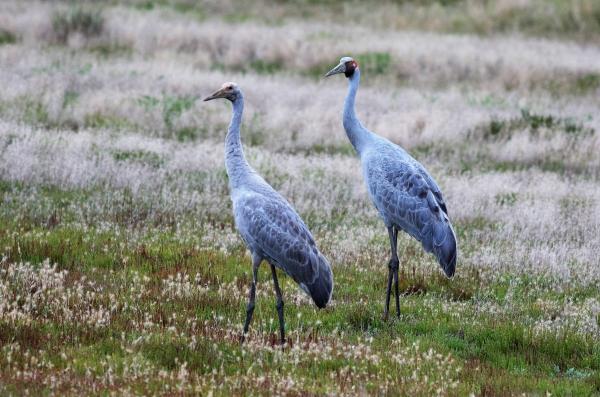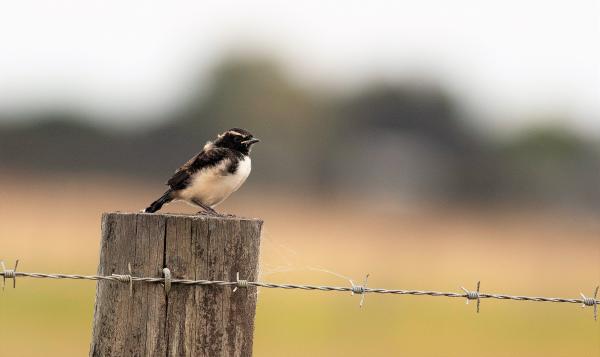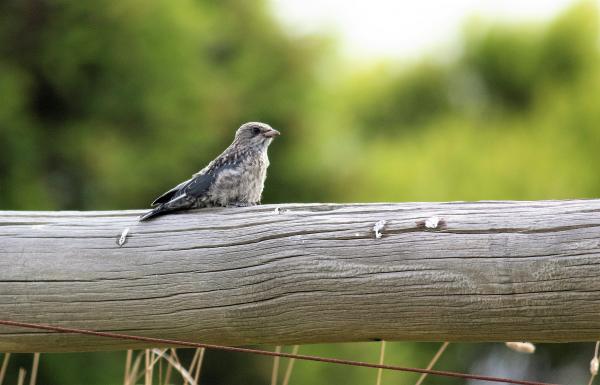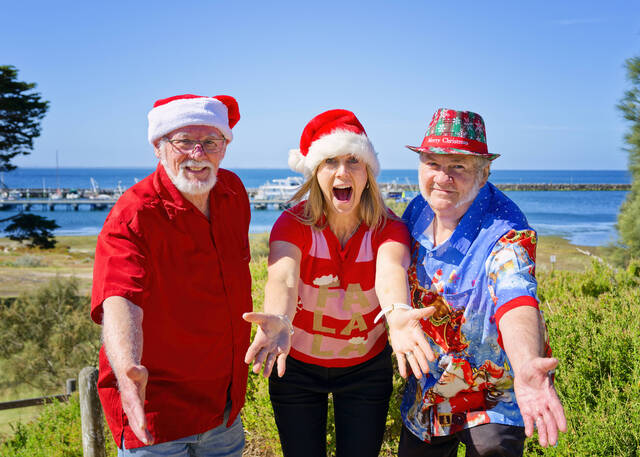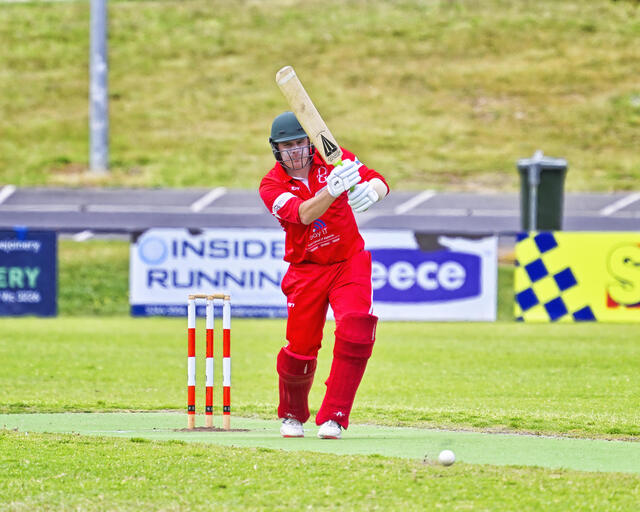I might be in the minority, but I am loving this summer’s mild temperatures and abundant precipitation.
I’ve seen a few fledgling birds around the Bellarine lately. In Leopold, near Lake Connewarre, in an area where there is unfortunately going to be a new housing estate in a lovely habitat where there are many birds, I noticed a small flock of around eight dusky woodswallows, with two fledglings in the group.
Dusky woodswallows are a small, deep brown coloured bird. The underwings are silvery-white, and the bill is blue with a black tip. Young birds are grey-brown, streaked and mottled with a cream plumage.
Dusky woodswallows nest in colonies where a few pairs of birds build the nest, incubate the eggs, and feed the hatchlings. I think I know which tree in Leopold the nests were located, as the birds flew between a lovely gum tree and a few fence posts.
In the same area I noticed a Horsfield’s bronze cuckoo feasting on some hairy caterpillars in a wattle tree. This bird was also an immature bird with a light brown-yellow colour to part of the beak, where as adults have an all-black beak. Horsfield’s bronze cuckoos are lovely birds with an olive-brown plumage on the back, with a green sheen on the back and upper tail. It has a prominent dark-brown eye-stripe.
The underbody is white to cream with dark-brown barring at the sides, with the bars joining in the middle on the upper breast only. Young birds have less distinct barring and duller green on the wings.
I was driving near Reedy Lake in St Albans Park when I noticed two fledgling willie wagtails sitting on a fence, with no adult birds around looking after them. They looked so tiny and vulnerable and very cute.
Hopefully the adult birds were just hiding because I was around. I took a quick photo and wished them well.
On the subject of Reedy Lake, I spent some time last week at the end of Coppards Road cleaning up rubbish that had been left behind by thoughtless members of the community.
Ironically on the week of International Wetlands Day I drove to the end of Coppards Road for a quick look around on my way to work, and saw two adult brolga with a nearly fully grown juvenile (which was a breathtaking sight).
Further down the road I was greeted with a not so breathtaking sight of around 20 dumped car tyres, two mattresses and other items of household rubbish. I cried, and stared in disbelief at this mess. What is wrong with people?
I think the end of Coppards Road and other roads around Reedy Lake should be blocked off, and just left for the birds to exist happily without having to put up with people and their mess. It should be blocked off to duck shooting and just treasured as a area where nature can exist in peace.
Kevin was so lucky to photograph three wedge-tailed eagles on the corner of Banks Road and Shell Road in Ocean Grove.
I also heard from Carole, who joined a group of ‘serious’ birders counting waders and others along 11-kilometres of the edge of Swan Bay for International Wetlands Day. Carole reported that the number of migratory waders seen was extremely disappointing.
However she did see a large number of royal spoonbills, Pacific gulls, Caspian tern, masked lapwings and white-fronted chats.
Carole described the day as follows: “The other birders (all men, very fit and healthy) were dressed for the occasion with broad brim hats, rubber boots, long sleeves and trousers and carried binoculars, scopes, cameras, phones for counting, lots of block out and bottles and cans of mossie repellent. I must admit in dress and my supplies I didn’t let the side down however I must confess their sharp eyes and ability to identify was way beyond me. I was too busy getting bogged in mud, toppling over tussocks, dodging prickly bushes and getting lost in high reeds”. I also heard from Andrea Dennett, who reported that there is still a three-week-old hooded plover chick at Point Lonsdale.
Let’s hope that the next few weeks are kind to the chick and it manages to fledge.

